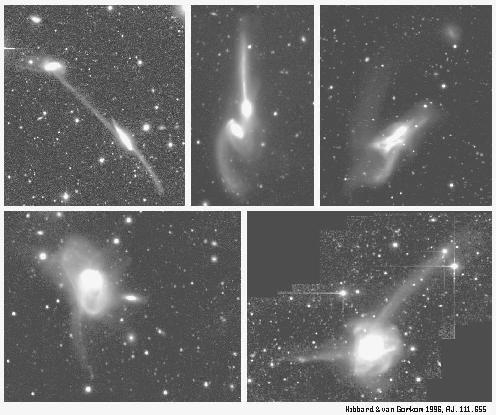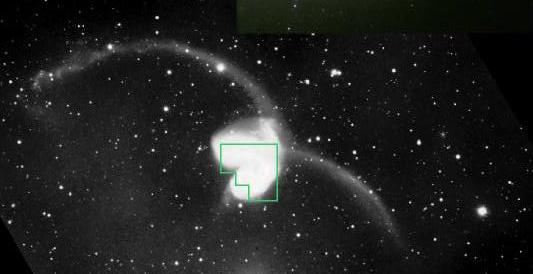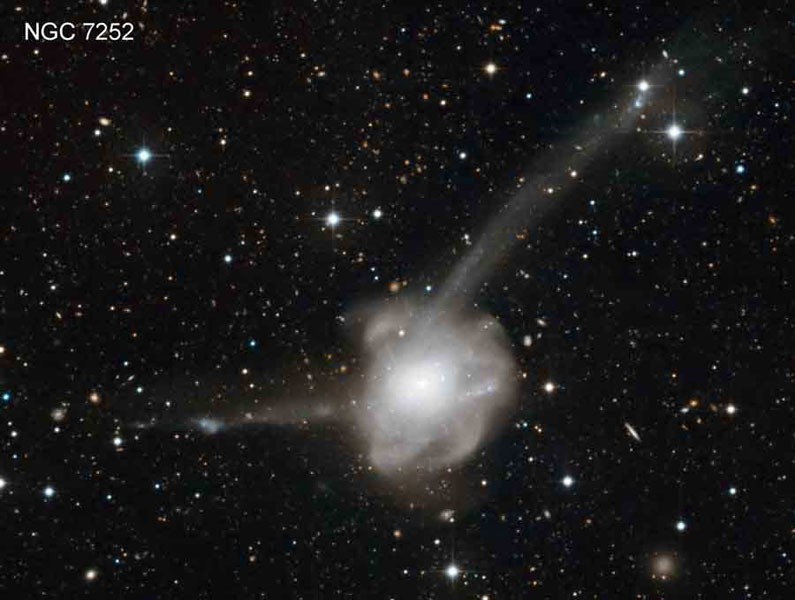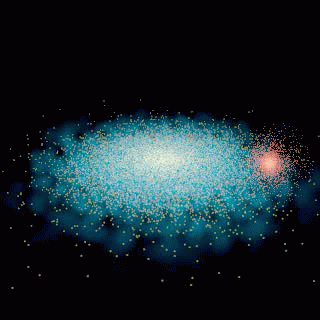Can't watch individual galaxies collide and evolve; to understand how they change, we need to rely on
- "snapshots" of many colliding galaxies
- computer simulations of colliding galaxies

Simulations by Mihos & Hernquist, visualization by Summers. Details here.






